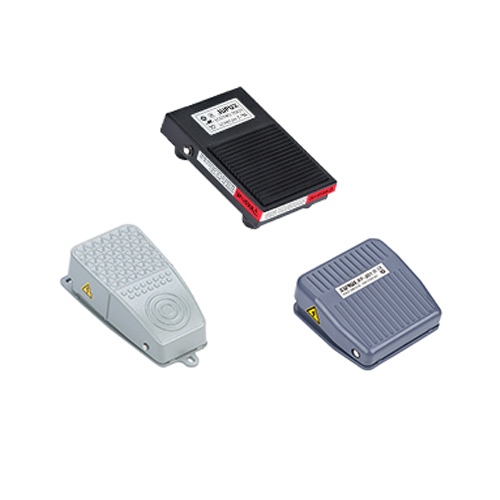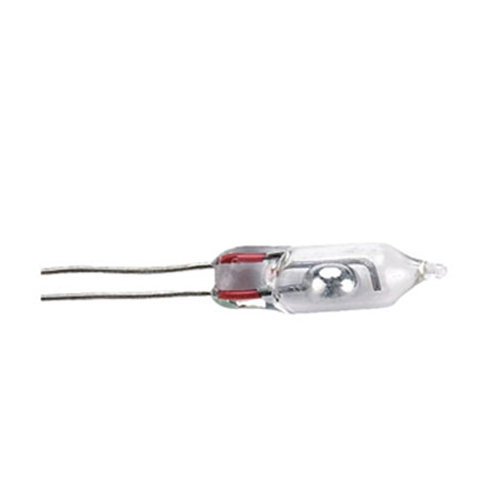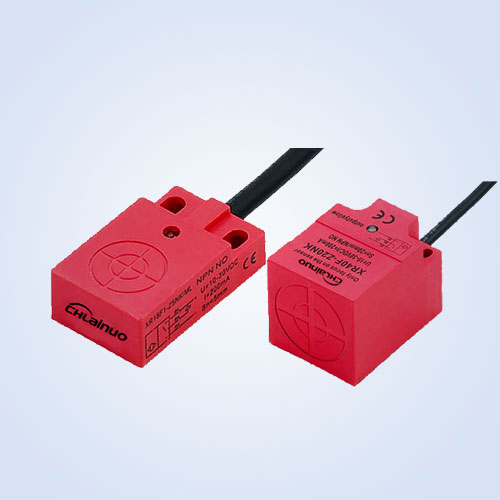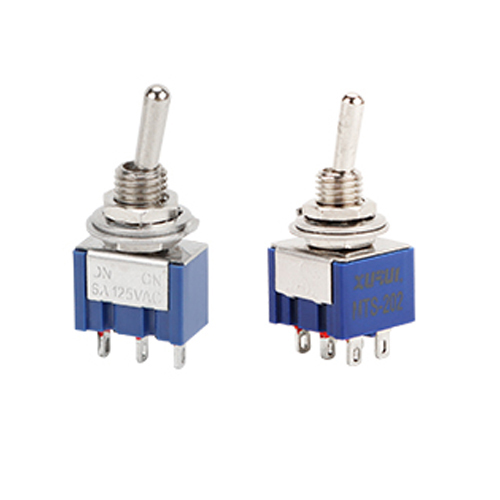In the world of sensing technology, proximity sensors and their close counterparts, proximity switches, are widely used in various applications, from industrial automation to smart home devices. Sometimes, there are situations where you need to switch off a proximity sensor, and the methods are quite relevant to those for proximity switches as well.
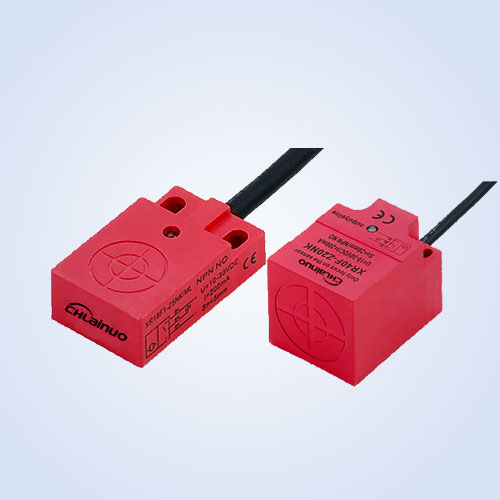
1. Disconnect the Power Supply
For both proximity sensors and proximity switches, the most straightforward way to turn them off is to cut off the power. In the case of wired devices, locate the power cable. Proximity sensors often have a simple two - wire or three - wire connection, much like many standard proximity switches. Unplug the power cable from the power source, whether it's a wall outlet in a home application or a power supply unit in an industrial control panel. This action immediately stops the electrical current flowing through the device, rendering the proximity sensor (or proximity switch) non - functional. It can no longer detect the presence of objects due to the lack of power to drive its internal sensing mechanisms.
For battery - powered units, be it a small proximity sensor in a portable device or a compact proximity switch used in a remote monitoring setup, simply open the battery compartment and remove the batteries. This halts the power supply, effectively switching off the device and disabling its sensing capabilities.
2. Use the Control Interface or Settings
Many modern proximity sensors and proximity switches come equipped with digital control interfaces. These can take the form of digital displays, buttons, or communication ports. For digital proximity sensors, accessing the control panel or software interface allows you to navigate through the settings. Look for options such as "Power Off", "Disable", or "Standby". Just like their proximity switch counterparts, selecting these options sends commands to the device's internal circuitry, powering it down or putting it in a non - active state where it won't detect objects.
In the case of smart, network - connected proximity sensors, which are becoming increasingly common in smart home and industrial IoT setups, you can use a mobile app or a computer program. For example, in a smart home system, you can open the dedicated home automation app. Here, you can find the settings for the proximity sensors installed on doors, windows, or other areas. The same principle applies to network - connected proximity switches. With a few taps or clicks, you can send a command to turn off the device, making it stop sensing any nearby objects.
3. Adjust the Sensitivity or Threshold
Some analog proximity sensors and proximity switches offer the flexibility to adjust their sensitivity or threshold levels. By reducing the sensitivity to the minimum possible value, the proximity sensor becomes extremely unresponsive to the presence of objects in its vicinity. This is similar to what you can do with an analog proximity switch. For instance, if you're dealing with an industrial proximity sensor used for detecting the movement of parts on a conveyor belt, lowering the sensitivity can make it ignore the parts passing by, effectively acting as if it's switched off. Similarly, for a proximity switch used in a simple detection circuit, adjusting the threshold value so that it's far beyond the normal detection range can render it non - functional in terms of object detection.
4. Physical Blocking or Shielding
Physical methods can also be employed to stop a proximity sensor from functioning, and these are applicable to proximity switches too. If you need to temporarily disable a proximity sensor, physically block its sensing area. For an inductive proximity sensor, placing a non - metallic material like plastic or wood in front of it can block the magnetic field it uses for detection. The same goes for an inductive proximity switch. In the case of a capacitive proximity sensor or switch, covering the sensing surface with an insulating material can prevent it from detecting changes in the electrical field caused by nearby objects. While this doesn't completely turn off the device in an electrical sense, it effectively stops it from detecting objects, serving the purpose of making it act as if it's switched off.
Using a shielding material, such as a metal shield, can also be effective. Surrounding a proximity sensor or a proximity switch with a metal shield can block external signals and electromagnetic fields from reaching the device. This disrupts the normal operation of the sensing mechanism, disabling its ability to detect objects, which is another way to achieve the effect of switching it off.
In conclusion, whether you're dealing with a proximity sensor or a proximity switch, these methods can be used to switch off the device, either for maintenance, to prevent false detections, or for other operational reasons. Always make sure to follow the manufacturer's guidelines when performing these actions to avoid any potential damage to the device.


